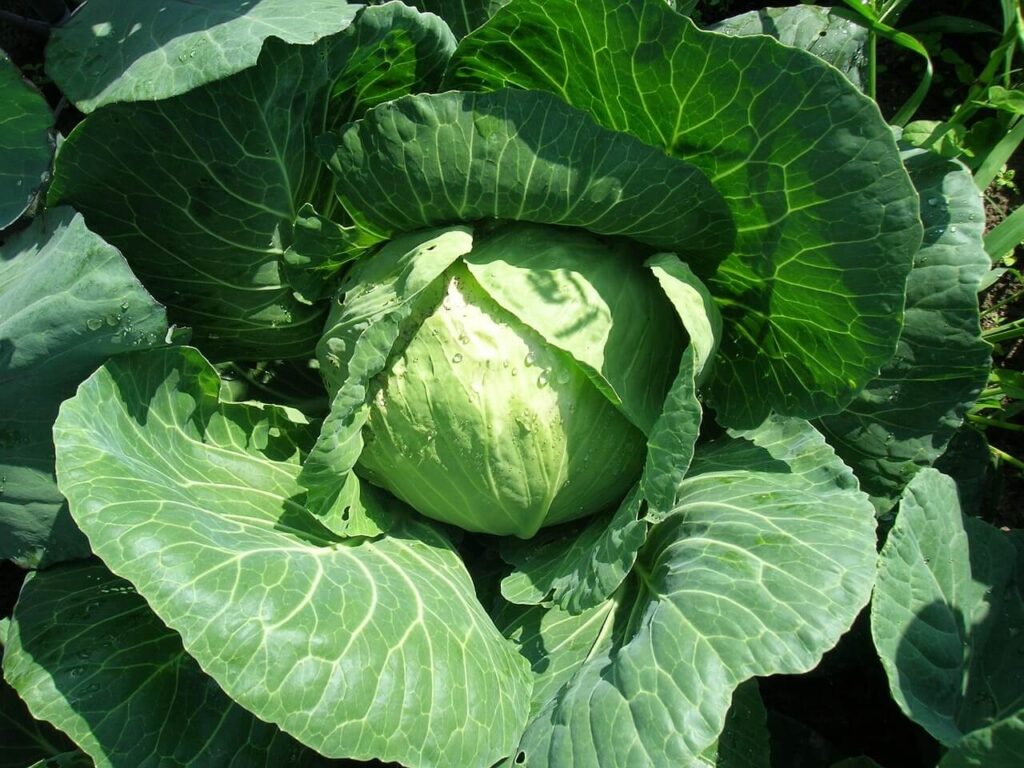As food innovation continues to shape contemporary diets, alternative flours are gaining popularity for their unique nutritional profiles and health benefits. One such emerging ingredient is cabbage flour. This versatile, nutrient-dense flour is derived from dried and ground cabbage and offers exciting possibilities in modern cooking and baking. Here’s an in-depth look at the benefits and culinary uses.

1. What is Cabbage Flour?
Cabbage flour is produced by dehydrating fresh cabbage leaves and grinding them into a fine powder. This process retains much of the vegetable’s natural nutrients, including fiber, vitamins C and K, and antioxidants. Unlike traditional wheat flour, is gluten-free, making it suitable for individuals with gluten intolerance or celiac disease.
2. Nutritional Benefits of Cabbage Flour
Incorporating cabbage flour into meals provides several health advantages:
- Rich in Dietary Fiber: Helps improve digestion and supports gut health.
- High in Antioxidants: Contains compounds that help reduce oxidative stress and inflammation.
- Low in Calories and Carbohydrates: Ideal for low-carb and weight-management diets.
- Vitamin Boost: Offers a natural source of vitamins C and K, which promote immune function and bone health.
3. Culinary Applications of Cabbage Flour
Cabbage flour can be used in a variety of dishes and recipes, enhancing both nutrition and flavor.
a. Gluten-Free Baking
One of the primary uses of cabbage is in gluten-free baking. It can be combined with other gluten-free flours to create bread, muffins, and pancakes. For best results, use it as a partial substitute rather than a full replacement for traditional flour.
b. Thickening Agent for Soups and Sauces
Due to its fine texture, cabbage works well as a thickening agent. It can be used to thicken soups, stews, and gravies while adding a subtle cabbage flavor and nutritional boost.
c. Binding Ingredient in Vegetable Patties and Burgers
Cabbage flour acts as a binding agent in veggie burgers, fritters, and patties. Its fibrous content helps hold the ingredients together while enhancing the overall fiber content of the dish.
d. Healthy Coating for Fried Foods
For a healthier alternative to traditional breading, cabbage can be used to coat vegetables, fish, or chicken before frying or baking. This adds a unique twist to crispy coatings while increasing the nutrient value.
4. How to Incorporate Cabbage Flour in Daily Meals
Here are some practical tips for adding cabbage to your diet:
- Mix with Other Flours: Blend cabbage flour with almond or rice for balanced texture and flavor.
- Experiment with Small Batches: Begin by substituting 10–20% of traditional flour in recipes.
- Pair with Complementary Ingredients: Cabbage flour’s earthy flavor pairs well with herbs, garlic, and spices.
5. Sustainability and Cabbage
In addition to its nutritional benefits, cabbage contributes to sustainable food practices. Utilizing surplus cabbage reduces food waste and creates a valuable product from an otherwise underutilized resource. This makes cabbage an eco-friendly choice for conscious consumers.
Conclusion
Cabbage flour is a remarkable addition to modern cuisine, offering health benefits, culinary versatility, and sustainability. By incorporating this innovative ingredient into your cooking, you can explore new flavors while enhancing your diet with nutrient-rich alternatives. Whether you are experimenting with gluten-free baking or looking for creative ways to boost the nutritional value of your meals, cabbage provides a unique and wholesome solution.
Cabbage Fresh From Indonesia The Best and Most Trusted Supplier of Agricultural Products